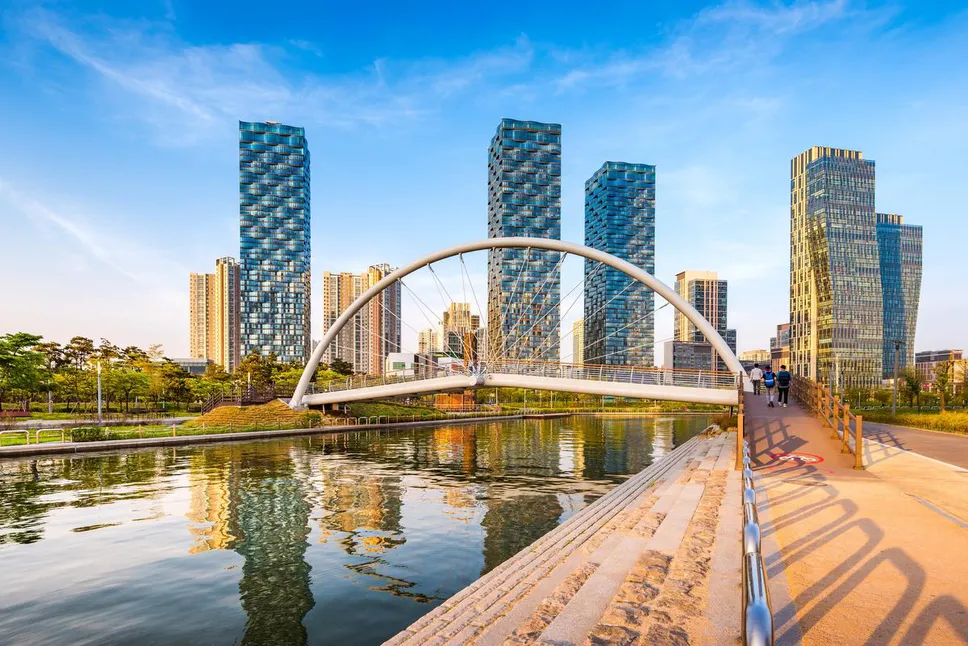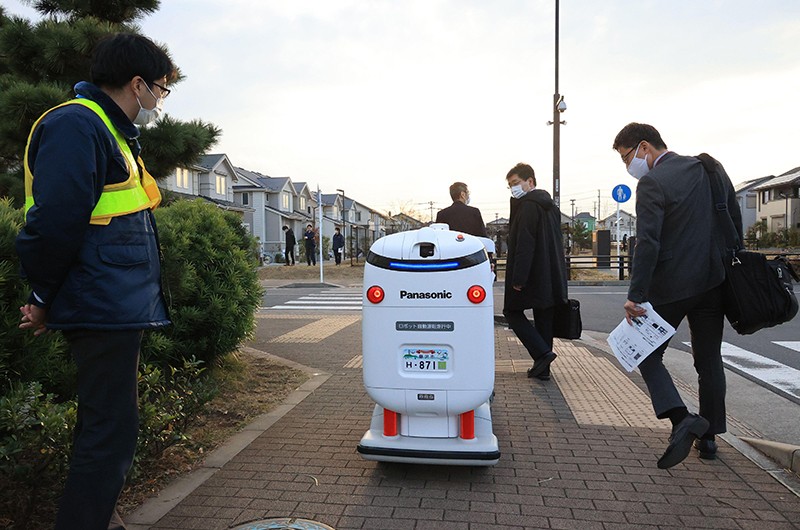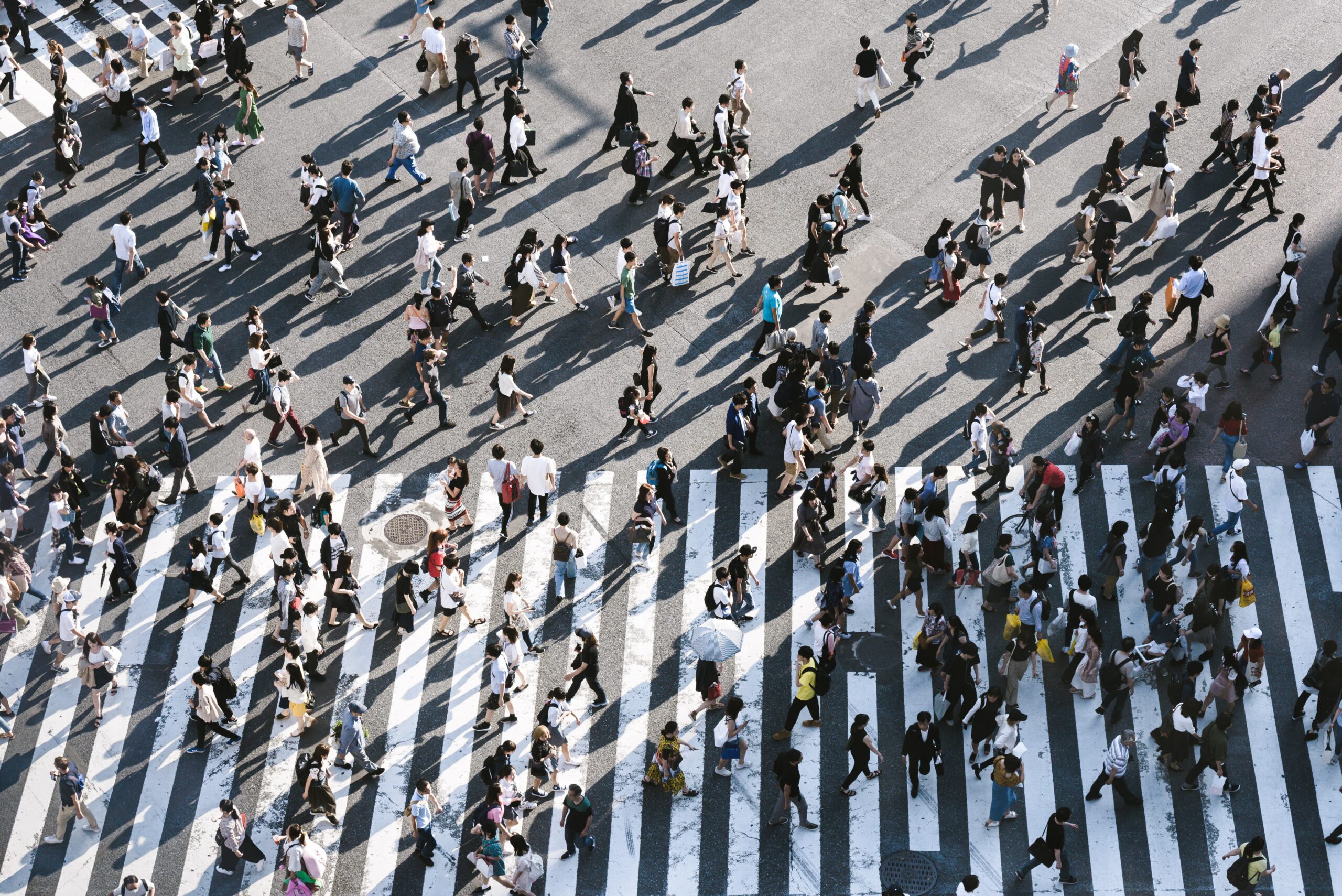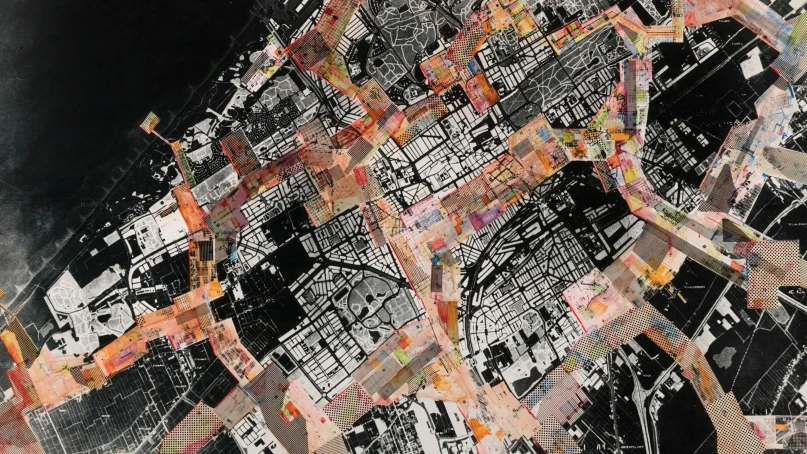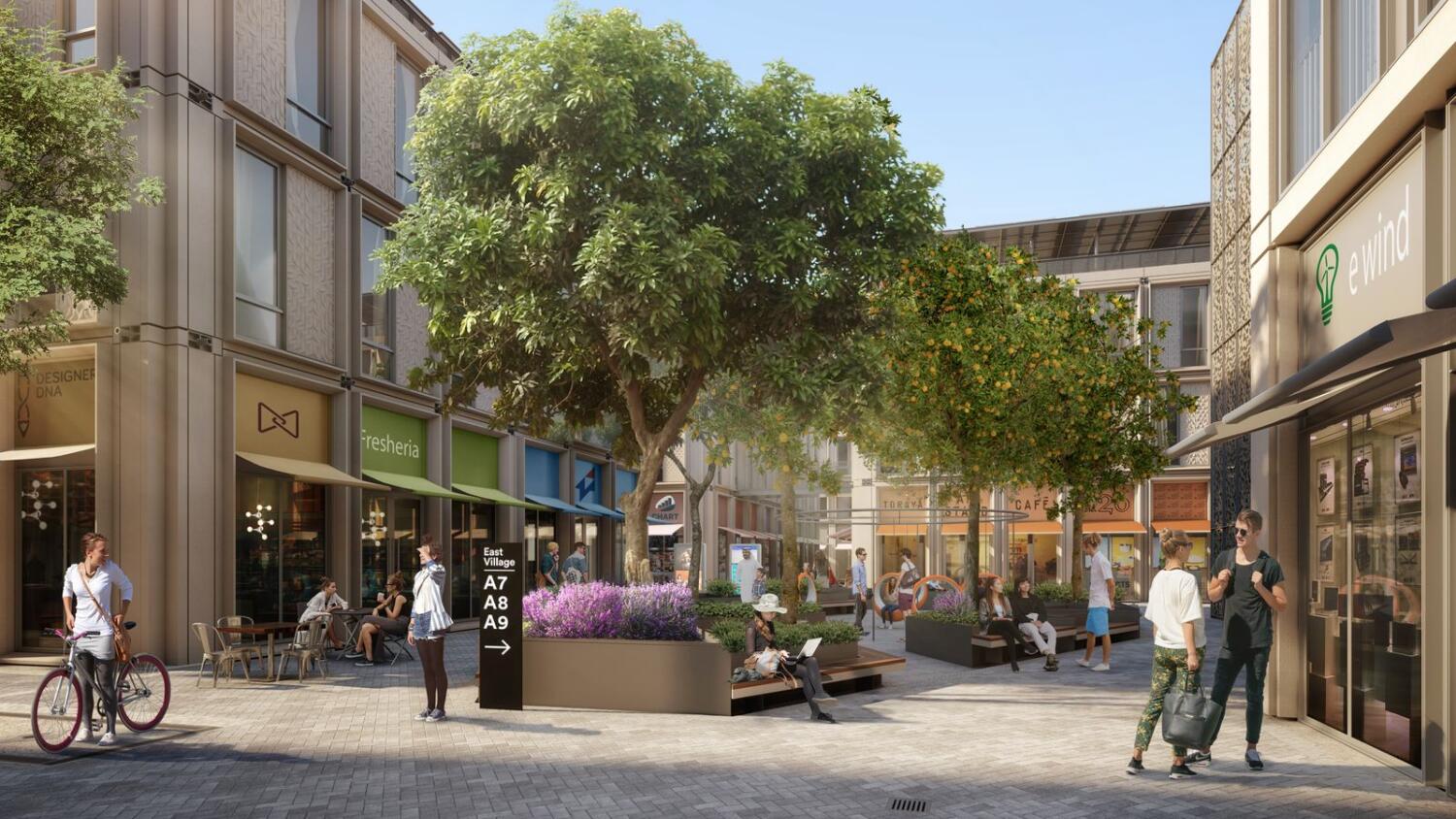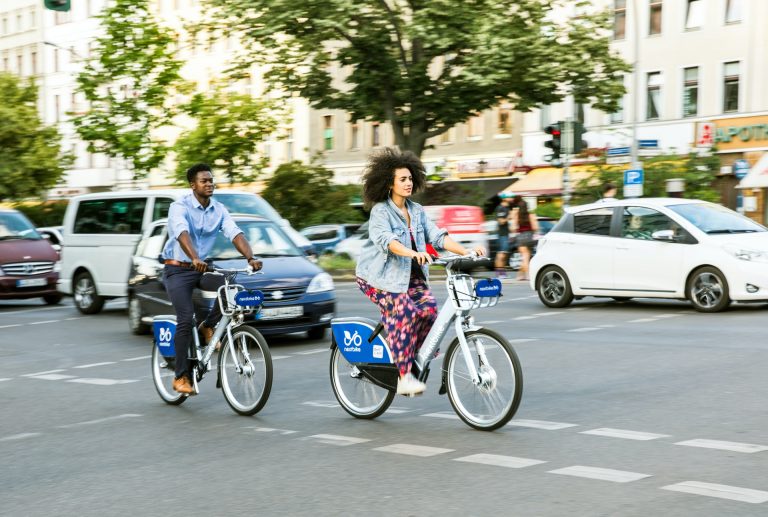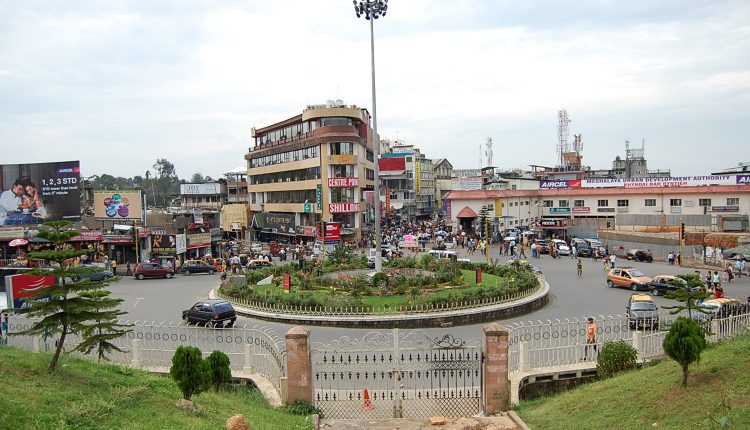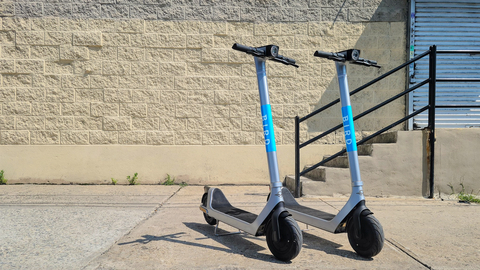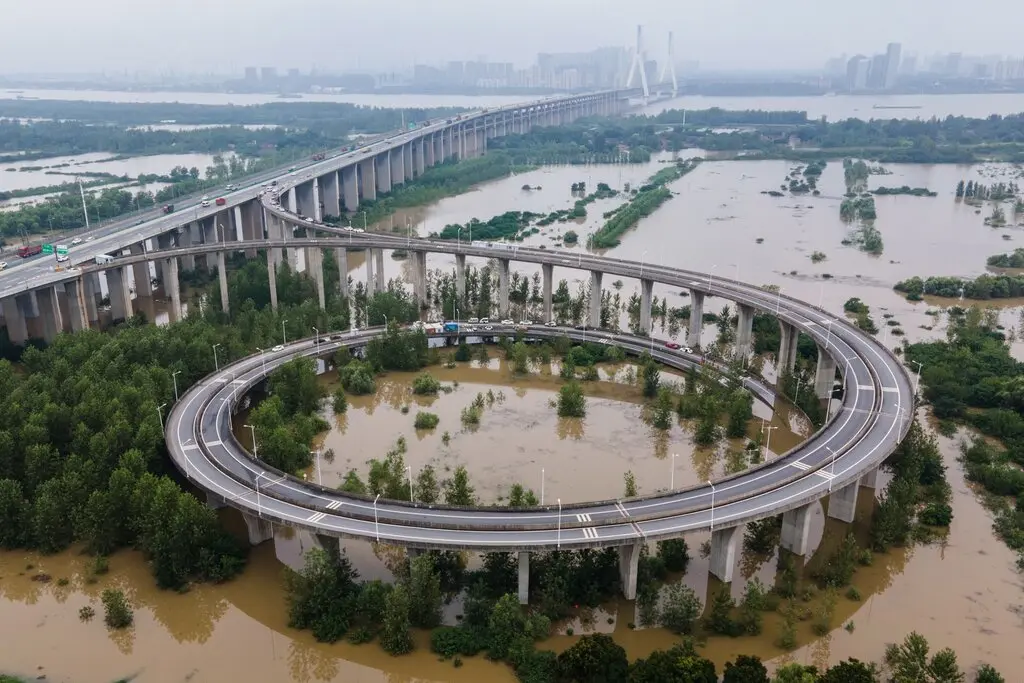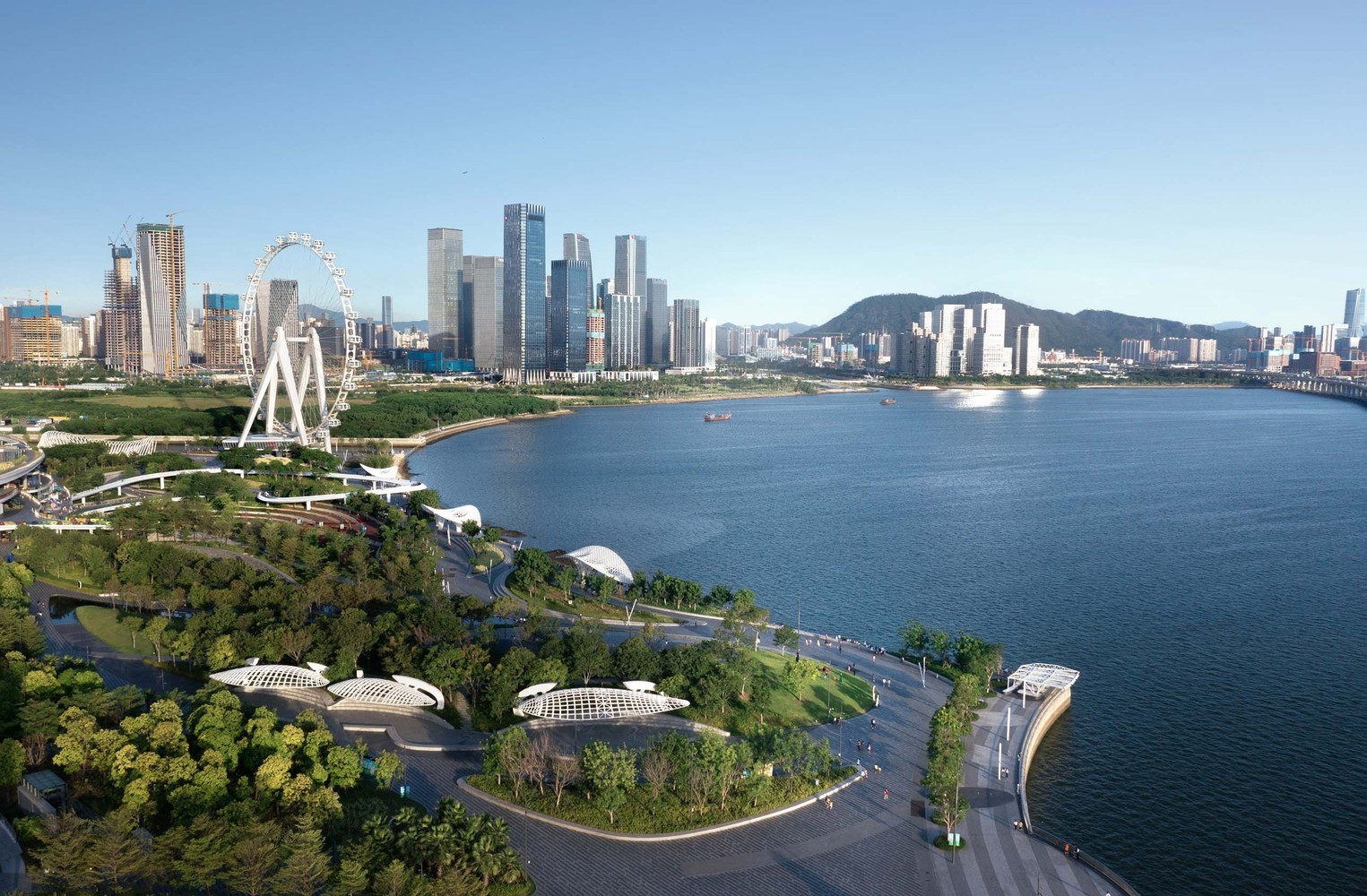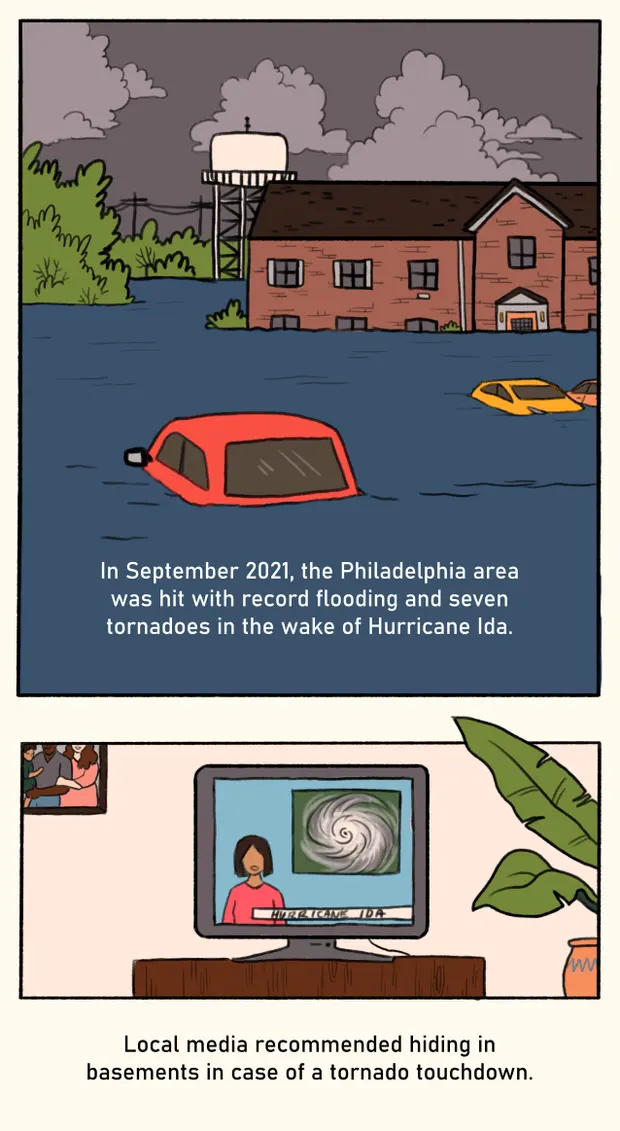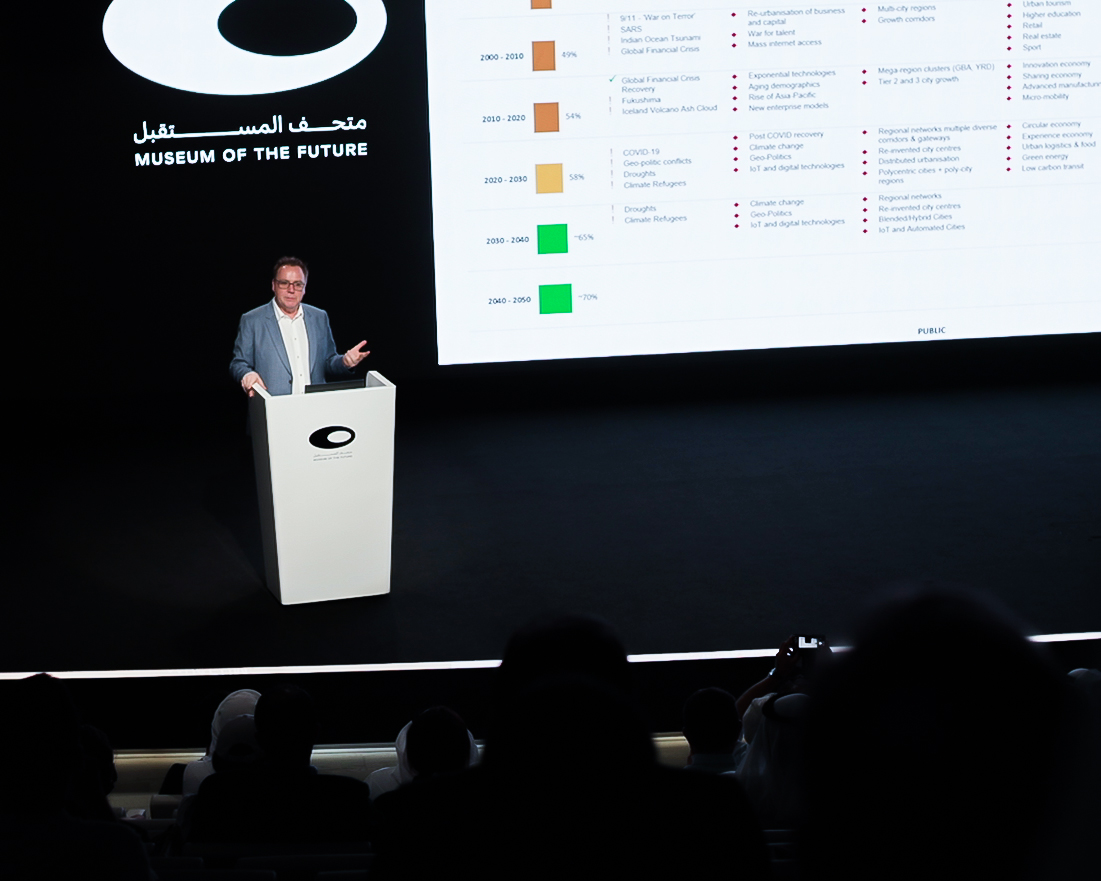
Set against the backdrop of a continuing health crisis, governments and organisations are reinvigorating conversations about how smart city technologies can be leveraged to mitigate or avoid future disruptions. In particular, the focus is on how critical data can be used to anticipate events and allocate resources to help build urban resiliency.
The pandemic has brought forward new perceptions into the long-term sustainability of urban metropolises and their rapid urbanisation. Cities continue to attract an influx of people for various reasons—from the promise of better job opportunities to an improved quality of life – leading the United Nations to estimate that 68%1 of the world’s population will live in urban areas by 2050. However, the resulting high population densities provide the ideal conditions for a virus to spread rapidly.
+INFO: Daily FT




